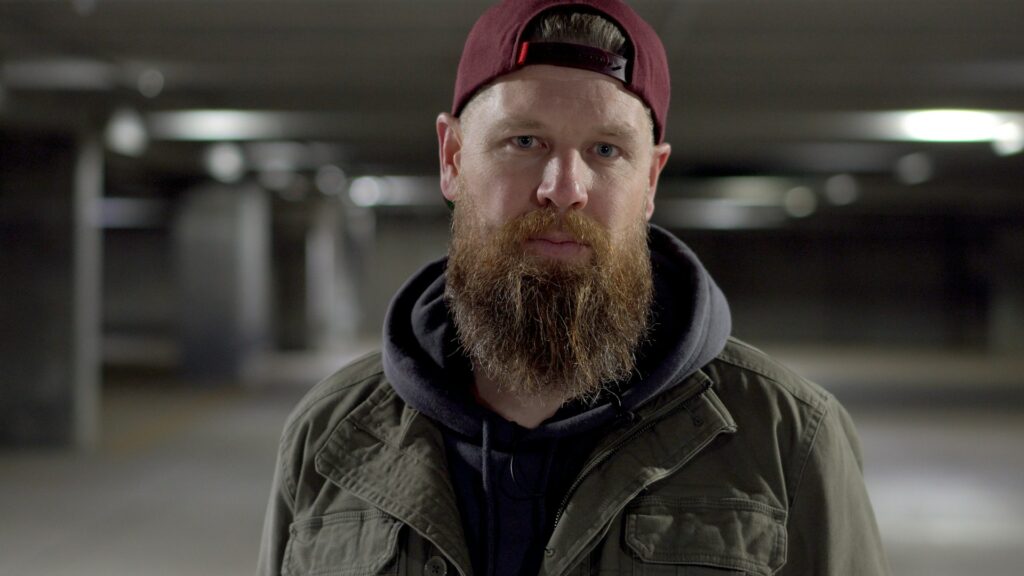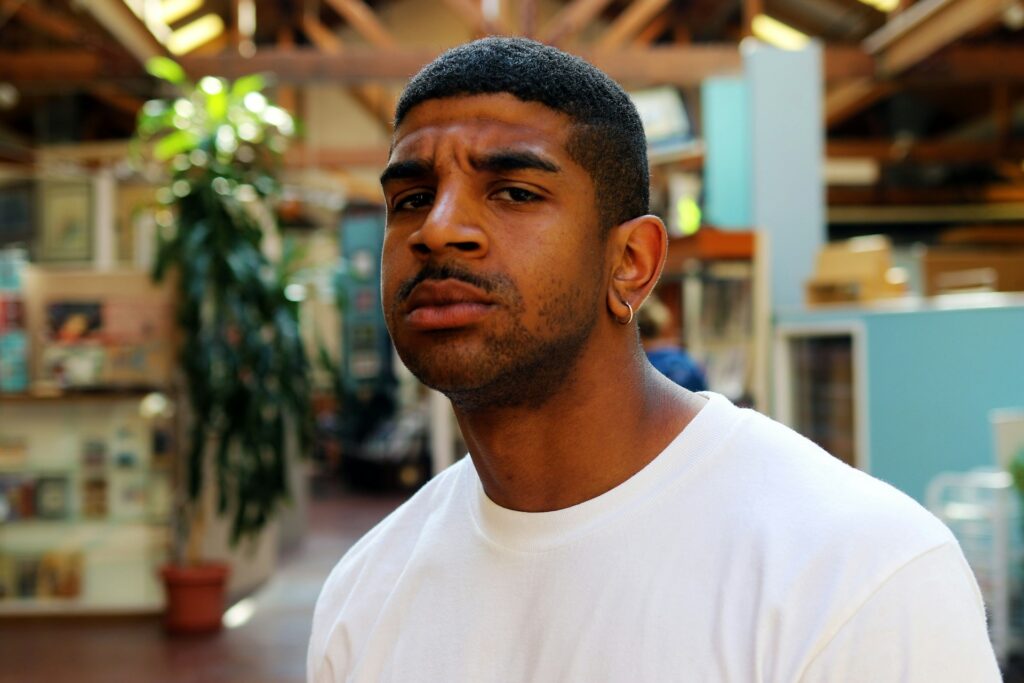Healing is often pictured as a straight, upward line, like you’re supposed to get a little better every day until one day you’re completely fine.

Of course, the reality is much more chaotic than that. It comes with relapses, confusion, unexpected progress, and days when it feels like you’re back at the beginning. That doesn’t mean you’re doing it wrong; it means you’re doing it for real. That’s actually a good thing, even if it doesn’t feel like it while you’re in it. If you’re not convinced yet, consider these things.
1. It gives you permission to slow down.

When you expect healing to move in one direction, you feel pressure to always be progressing. The moment you have a bad day, it feels like you’ve failed, like all your work was for nothing. However, when you understand healing is nonlinear, you stop rushing to be “done.”
You give yourself space to pause, rest, and reset without guilt. Progress doesn’t mean constant motion. Sometimes the most healing thing you can do is stop pushing and just be where you are, without apologising for it.
2. It teaches you how to cope, not just recover.

When healing includes ups and downs, you learn how to handle the hard days, not just celebrate the good ones. You start building tools for when things fall apart again because you know they might, and that doesn’t scare you as much anymore. It makes you much more resilient. You don’t just get better at feeling good; you get better at holding yourself through discomfort without falling apart every time. That’s the kind of strength that actually lasts.
3. It keeps you honest with yourself.

Healing in a straight line often means pretending you’re fine when you’re not. You push yourself to smile, to show up, to act like you’ve moved on, even when something inside still hurts. However, the dips in the process force you to check in and tell the truth. They remind you that you’re still working through things. While that might feel discouraging in the moment, it’s actually freeing. You don’t have to perform your progress. You get to be real about it instead.
4. It breaks the illusion of perfection.

If healing only happened in a neat, steady line, it would create pressure to “do it right,” like there’s a perfect way to recover. But real healing is personal, unpredictable, and messy. The setbacks aren’t flaws. They’re part of the pattern. That realisation takes away the need to compare your process to anyone else’s. You stop striving for some polished version of wellness and start honouring your own rhythm — one that includes stumbles, pauses, and unexpected leaps forward.
5. It shows you how much progress you’ve actually made.

Sometimes it’s not until you revisit an old wound or bad habit that you realise how far you’ve come. A situation might trigger you again, but your reaction is softer, your recovery is quicker, or your awareness is clearer. These full-circle moments don’t feel like progress at first, but they are. They show you how much stronger, wiser, or more grounded you’ve become, even if you’re still in the process. You’re not starting over. You’re spiralling upward.
6. It helps you get better at self-compassion.

When things don’t go perfectly, you have two options: judge yourself or support yourself. Nonlinear healing gives you plenty of chances to practice the second one. It’s in the relapses, slow days, and disappointments that self-compassion becomes something you actually learn to live.
That kind of kindness toward yourself makes the process more sustainable. You stop treating healing like a race you’re losing and start treating it like a relationship you’re nurturing — slowly, imperfectly, and with love.
7. It keeps you connected to your humanity.

The messiness of healing is a reminder that you’re not a machine — you’re human. You have days when it’s easy to cope and days when brushing your teeth feels impossible. And both of those realities can exist in the same person. That’s not failure; it’s life. The people who grow the most aren’t the ones who rise perfectly; they’re the ones who fall and get up again without shame because they know being human means wobbling sometimes.
8. It makes space for joy, even in small doses.

When you stop expecting to be “healed” in one clean arc, you start noticing the small moments that feel good, even in the middle of hard times. A conversation that made you laugh, a meal you actually enjoyed, a walk that gave you five minutes of calm.
These moments don’t mean everything is fixed. But they matter. They show that healing isn’t just about getting rid of pain — it’s also about letting little bits of life back in, piece by piece.
9. It gives you language for helping other people.

When you’ve been through a messy healing process, you understand what it’s like to feel stuck, confused, or discouraged. You know how to hold space for people without rushing them or offering empty advice. It makes you a better friend, partner, or parent. You’re not afraid of other people’s pain because you’ve met your own, and survived. That kind of empathy only comes from doing the messy work yourself.
10. It teaches you how to rebuild trust in yourself.

In a nonlinear process, your trust in yourself gets tested and rebuilt, over and over again. Each time you slip and come back, you remind yourself that you’re someone who keeps trying, even when it’s hard. Eventually, you stop seeing the setbacks as proof you can’t do this, and start seeing them as proof you won’t give up on yourself. That trust becomes a foundation you can lean on — one that holds you through the next wave of growth.
11. It lowers the pressure to “arrive.”

So many people chase healing like it’s a destination — a finish line where everything finally feels okay forever. But when you accept that the process loops, changes, and reopens, you stop waiting for some perfect, final version of yourself to appear. That’s freeing. You start living inside the process instead of holding your breath until it’s done. You’re not broken because you’re still in it. You’re human, and you’re healing exactly the way you need to.
12. It reminds you that you’re allowed to begin again as many times as it takes.

No matter how many times you’ve fallen back into old patterns, you’re allowed to start again. The idea that healing has to be permanent to be real is one of the biggest lies people carry. The truth is, starting again is part of it. Each time you choose to come back to yourself, even if it’s the tenth or hundredth time, it still counts. There’s power in the return. You don’t have to get it right the first time. You just have to keep coming home to yourself, over and over.


